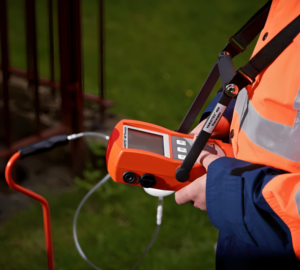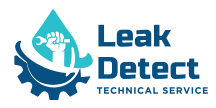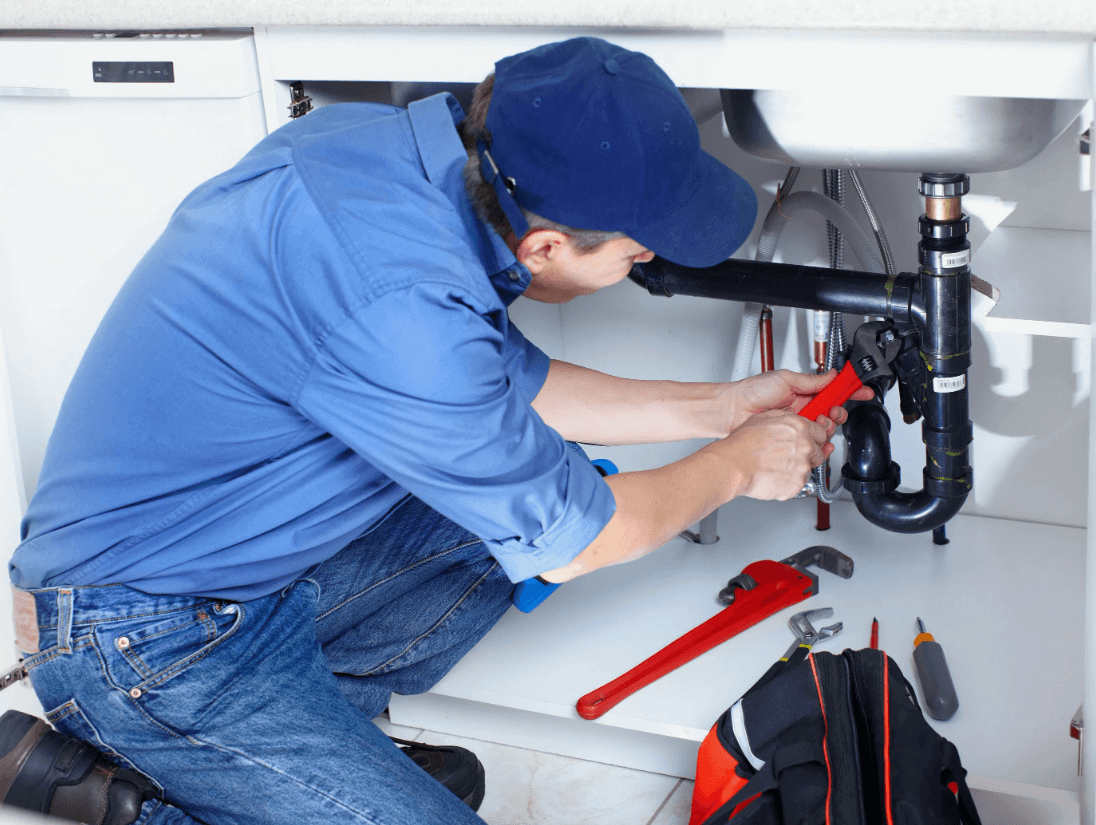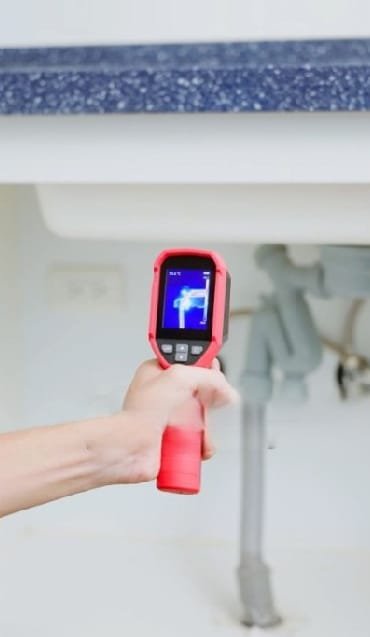Introduction
Leak detection is essential in residential and industrial prop properties. Undetected leaks can result in substantial structural harm and deep, high-priced damage. From plumbing and roofing to underground leaks, it’s essential to recognize leak detection methods and gear for robust control and prevention. This manual explores the causes of leaks, detection methods, modern equipment, and exceptional practices to prevent water leakage.
What is Leak Detection?
Leak detection is finding leaks in plumbing, building, and underground installations. Timely detection minimizes water wastage, prevents structural damage, and saves on repair expenses, which is especially important for high-traffic or older homes liable to everyday wear and tear.
Common Causes of Water Leaks
Understanding the potential reasons for leaks is the first step in preventing them. Familiar sources of leaks encompass:
- Aging Plumbing Systems: Older pipes are more likely to rust and crack, central to gradual leakage.
- Faulty Roofing or Flashing: Poor roof preservation or unsuitable setup can result in roof leaks, especially during heavy rain.
- High Water Pressure: Excessive stress can pressure pipes, inflicting susceptible points that could eventually leak.
- Soil Movement: Shifting soil can affect underground pipes, frequently leading to sewer leaks or water strains.
- Severe Weather: Heavy storms and floods can weaken structural additives, making water intrusion much more likely.
Importance of Leak Detection
Effective leak detection services no longer simplest prevents water harm; however, it also offers numerous different blessings:
- Cost Savings: Detecting leaks early minimizes repair prices and prevents extra luxurious water harm.
- Water Conservation: Repairing leaks reduces needless water usage, contributing to environmental sustainability.
- Improved Property Value: Well-maintained houses with leak prevention and well-timed repairs keep higher market prices.
- Reduced Health Risks: Addressing leaks immediately prevents mildew and mildew growth, posing fitness risks.
Effective Leak Detection Methods
There are numerous dependable ways to detect leaks, ranging from visible inspections to advanced technology.
- Pressure Testing: A dependable approach for detecting leaks in pipes by checking for stress drops.
- Acoustic Listening Devices: These devices discover the sound of water escaping, making them mainly effective for underground or hidden leaks.
- Thermal Imaging Cameras: Infrared technology allows moisture to come across walls and ceilings by revealing temperature modifications because of water.
- Smart Leak Detectors: These IoT gadgets reveal real-time moisture ranges and alert customers of uncommon interest, permitting quick reactions.
- Dye Tests: A simple look at lavatories and drains and dye exams assist in identifying small leaks without complex equipment.
Top Leak Detection Tools

- Fluke Thermal Imaging Cameras: These are known for detecting water temperature variations that can imply leaks in walls, flooring, and ceilings.
- StreamLabs Smart Home Leak Detector: Monitors the complete plumbing gadget, detects leaks in actual time, and notifies customers via mobile indicators.
- RLE LD2100 Water Leak Detection Kit: Often utilized in industrial settings, this gadget detects even minimum water leaks and alerts users without delay.
- LeakTronics Acoustic Leak Detectors: Ideal for detecting leaks in difficult-to-get admission to or underground pipes, usually used by specialists for particular detection.
Preventing Water Leaks
Preventing leaks is as crucial as detecting them, as proactive renovation can help avoid predominant repairs. Here are some powerful ways to lessen the risk of leaks:
- Regular Inspections: Conduct ordinary inspections of plumbing, roofing, and other high-hazard regions to discover capacity problems.
- Install Pressure Regulators: In regions with high water strain, regulators can assist in reducing pressure on pipes and save leaks.
- Upgrade Older Pipes: If your property has older plumbing, consider upgrading to trendy, corrosion-resistant substances.
- Gutter Maintenance: Clean gutters and downspouts regularly to prevent water build up, which could harm roofing and lead to leaks.
- Seal Cracks Promptly: Address any cracks in walls, ceilings, or flooring immediately to prevent water intrusion.
Benefits of Using Leak Detection Technology
Utilizing the modern era for leak detection can simplify property management and decrease lengthy-time period charges. Some of the key advantages include:
- Greater Precision: Advanced tools provide pinpoint accuracy, decreasing the need for disruptive investigations.
- Real-Time Monitoring: Smart leak detector ship immediate indicators, permitting users to reply speedily to potential leaks.
- Data-Driven Insights: Historical facts about many equipment shops permit better monitoring and decision-making for maintenance plans.
- Minimized Repair Costs: Early detection permits for spark-off upkeep, keeping off luxurious structural damage.
Conclusion
Leak detection is critical to property preservation, imparting long-term period savings and shielding your house‘s structural integrity. Using modern-day detection strategies and tools, property owners can prevent water damage, preserve sources, and decrease health dangers associated with mold and dampness. Investing in leak detection technology and exceptional practices guarantees a secure, dry, and nicely maintained environment for future years.



